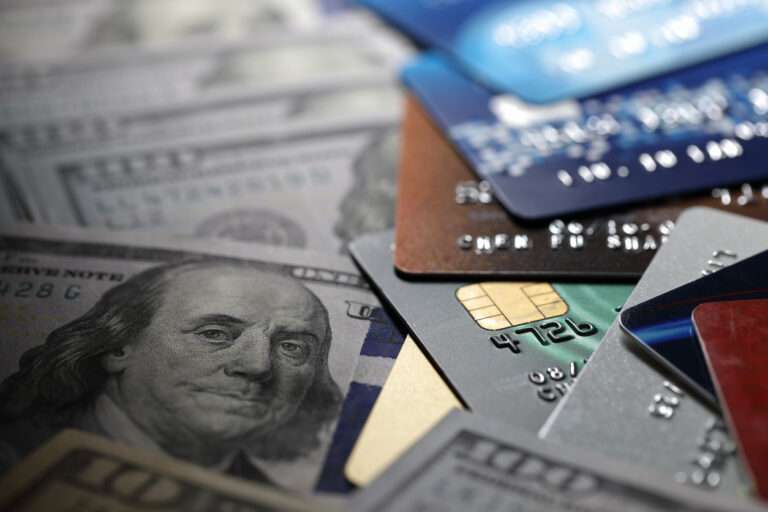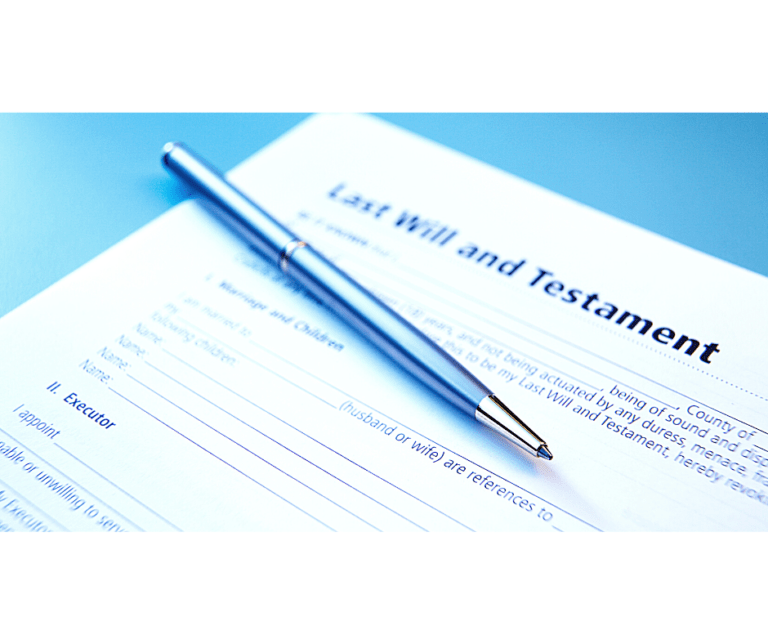By: d-mars.com
News Provider
StatePoint
Figuring out how much home you can afford is one of the most important questions you’ll need to answer before you begin house hunting. But as home prices and interest rates have increased in the past few years, you may be wondering how your buying power has changed.
To get a rough estimate of what you can afford, most lenders suggest you spend no more than 28% of your monthly income — before taxes are taken out — on your mortgage payment, which includes principal, interest, taxes and insurance. In addition to having a firm grip on your income and expenses, it’s important to understand the role the following factors play in how much home you can afford:
Your Credit
- Lenders look closely at your credit score when determining whether you qualify for a loan. Generally, the higher your credit score the more options will be available to you, including better loan terms and a lower interest rate. Because of the large role credit plays in the homebuying process, make sure you understand how your credit score is compiled, how to get a copy of your credit report and how to build strong credit.
Current Mortgage Rates
- It’s important to watch mortgage rates carefully, because when rates are lower you may be able to afford a larger mortgage. Although 26 million mortgage-ready potential homebuyers had the capacity to afford a $400,000 mortgage at a 3% interest rate, the total falls by 3 to 4 million with each percentage point gain, according to Freddie Mac research. In short, a small increase in rates can make a home that was once affordable, unaffordable.
- Bear in mind that similar borrowers may receive notably different rates based on the lender, so you may want to shop around to increase your buying power. In fact, you can potentially save $600-$1,200 annually by applying for mortgages from multiple lenders, according to Freddie Mac.
Your Down Payment
- Typically, homebuyers need to make a down payment of at least 3%, and generally between 5% and 20%, of their home’s purchase price to qualify for a mortgage. That means as home prices go up, so do down payment requirements. Talk to your lender about all the down payment options available and explore assistance programs.
- Each year, many state, county and city governments provide financial assistance for people in their communities who are well-qualified and ready for homeownership. Requirements vary, but if you are eligible, you could receive down payment assistance ranging from a few thousand dollars to larger amounts, depending on your needs, your qualifications and where the home is located. Additionally, many programs specifically benefit veterans, Native communities and workers employed in education, health care, law enforcement and firefighting. Your lender or housing counselor should be able to point you in the right direction of these programs.
Fees and Other Closing Costs
- Don’t forget that when you get a mortgage, you’ll need to pay closing costs, which likely include an appraisal fee, credit report fee, tax services fee and more. These costs will generally run between 2% and 5% of your purchase price.
- To crunch the numbers, start by using Freddie Mac’s Homebuying Budget Calculator, then learn more about the homebuying process with Freddie Mac’s CreditSmart. Visit creditsmart.freddiemac.com to get started.
If you think you’re ready for homeownership, you’ll want to work closely with your lender to determine what you can comfortably afford. It’s their job to cover all bases so that your final number is within your means and aligns with your financial goals.








